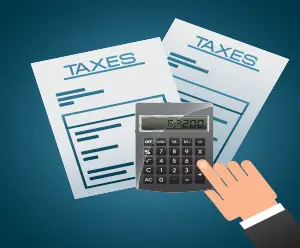
Understanding the IRS Substitute for Return
Click to ask Mike Ask Mike The Internal Revenue Service (IRS) Substitute for Return (SFR) is a term many taxpayers
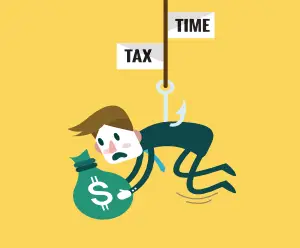
Navigating the complex landscape of tax levies enforced by the Internal Revenue Service (IRS) is a critical aspect of understanding the repercussions of unpaid tax liabilities. The IRS employs a range of formidable tools to collect delinquent taxes, each with its own set of implications for taxpayers. In this comprehensive exploration, we delve into various types of IRS tax levies, examining the nuanced mechanisms through which the IRS can seize assets, garnish wages, and implement other measures to address outstanding tax debts. Understanding these different levying avenues is essential for individuals and businesses alike, as it equips them with the knowledge needed to navigate potential financial challenges and seek appropriate resolutions with the IRS.
Wage Garnishment
Wage garnishment is one of the most common types of tax levies. When a taxpayer owes back taxes, the IRS may issue a wage levy to the taxpayer’s employer. This allows the IRS to collect a portion of the taxpayer’s wages to satisfy the outstanding tax debt. The employer is legally obligated to withhold the specified amount and send it directly to the IRS.
Bank Levy
A bank levy allows the IRS to freeze and seize funds from a taxpayer’s bank account to settle tax liabilities. The IRS typically issues a Notice of Intent to Levy before implementing a bank levy, providing the taxpayer an opportunity to address the issue or appeal. Once a bank levy is in place, the frozen funds are held for a 21-day period, during which the taxpayer can resolve the matter before the funds are sent to the IRS.
Property Seizure
In extreme cases, the IRS may resort to seizing and selling a taxpayer’s physical assets, such as real estate, vehicles, or other valuable properties, to cover the outstanding tax debt. This is a significant action and is usually considered a last resort after other collection attempts have failed.
Social Security Levy
For individuals who receive Social Security benefits, the IRS can levy a portion of these payments to satisfy tax debts. However, there are limitations on the amount that can be levied, and certain benefits, such as Supplemental Security Income (SSI), are generally protected from levy.
Federal Payment Levy Program (FPLP)
The FPLP allows the IRS to levy certain federal payments to collect unpaid taxes. This includes payments such as federal retirement benefits, federal contractor payments, and some Social Security benefits. The FPLP is an automated system that matches unpaid tax debts with eligible federal payments for levy.
Continuous Levy Against Non-Exempt Property
This type of levy allows the IRS to continuously seize a taxpayer’s property or rights to property until the tax debt is satisfied. It is not a one-time event like a bank levy or wage garnishment but is an ongoing process. The IRS may continually levy funds from accounts, receivables, or other income sources until the tax debt is resolved.
State Tax Refund Levy
In cases where a taxpayer owes state income taxes in addition to federal taxes, the IRS may work with state tax authorities to intercept the taxpayer’s state tax refund. The refunded amount is applied to the outstanding federal tax debt.
Passport Certification
The IRS has the authority to certify seriously delinquent tax debts to the U.S. State Department. Once certified, the State Department may deny or revoke a taxpayer’s passport or limit the ability to obtain a new passport. This measure is typically applied to individuals with significant tax liabilities.
In conclusion, the IRS has various tools at its disposal to collect unpaid taxes, ranging from wage and bank levies to property seizures and passport certification. Taxpayers facing these situations should seek professional advice to explore options for resolution, such as installment agreements, offers in compromise, or other relief programs provided by the IRS. It’s crucial to address tax issues promptly to avoid more severe consequences.
You can now ask our AI assistant any questions you have about your tax debt or any tax-related issues. Whether you’re unsure about payment plans, need clarification on penalties, or want information on how to resolve your tax situation. Our AI is ready to assist you with all your tax-related concerns.
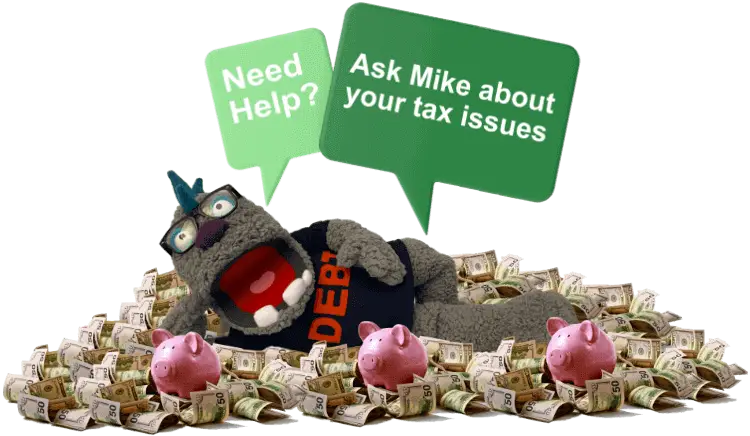
By interacting with our AI assistance, you agree to our terms & conditions. Enjoy our AI Tax Assistant responsibly.
Ask me any questions...
Related Posts

Click to ask Mike Ask Mike The Internal Revenue Service (IRS) Substitute for Return (SFR) is a term many taxpayers
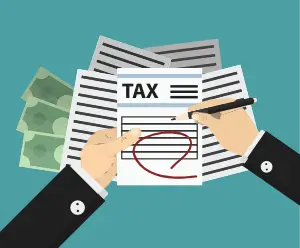
Click to ask Mike Ask Mike The Internal Revenue Service (IRS) Substitute for Return (SFR) is a term many taxpayers

Click to ask Mike Ask Mike The Internal Revenue Service typically operates within a 10-year window, commencing from the

Click to ask Mike Ask Mike The Internal Revenue Service (IRS) operates within specific timeframes dictated by statutes of limitations
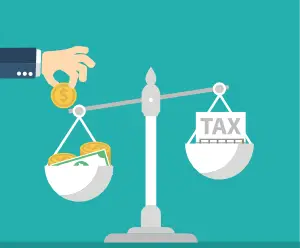
Click to ask Mike Ask Mike understanding the ins and outs of the 10-year statute of limitations (SOL) is essential.
Recent Posts

Click to ask Mike Ask Mike The Internal Revenue Service (IRS) Substitute for Return (SFR) is a term many taxpayers

Click to ask Mike Ask Mike The Internal Revenue Service (IRS) Substitute for Return (SFR) is a term many taxpayers

Click to ask Mike Ask Mike The Internal Revenue Service typically operates within a 10-year window, commencing from the

Click to ask Mike Ask Mike The Internal Revenue Service (IRS) operates within specific timeframes dictated by statutes of limitations

Click to ask Mike Ask Mike understanding the ins and outs of the 10-year statute of limitations (SOL) is essential.
Disclaimer: This is educational content, not legal, accounting, or tax advice.
This is a tax debt resource website, not to be used in lieu of a tax attorney or for legal advice. All information, Ai chat responses, articles, materials, and content are intended to inform users on a variety of tax topics. In no way is it intended to be construed as accounting, legal, tax, other services or advice. This site is not intended to be used to avoid tax penalties or tax debt that may be imposed by law. Terms and Conditions. Your use of this site constitutes acceptance of the following terms and conditions.
This is a tax debt resource website, not to be used in lieu of a tax attorney or for legal advice. All information, Ai chat responses, articles, materials, and content are intended to inform users on a variety of tax topics. In no way is it intended to be construed as accounting, legal, tax, other services or advice. This site is not intended to be used to avoid tax penalties or tax debt that may be imposed by law. Terms and Conditions. Your use of this site constitutes acceptance of the following terms and conditions.
© 2023 · Tax Debt Monster, Inc. All rights reserved

For all Tax Professionals that would like to partner up with us. By partnering with us, you’ll help us connect and make a positive impact in the tax community. Partner up with us and receive a complimentary Ai Tax Sidekick to help support your clients at no cost! Click here if you’re interested in our Partner-Up program

By interacting with our AI assistance, you agree to our terms & conditions. Enjoy our AI Tax Assistant responsibly.
How may I help you with your tax issue?